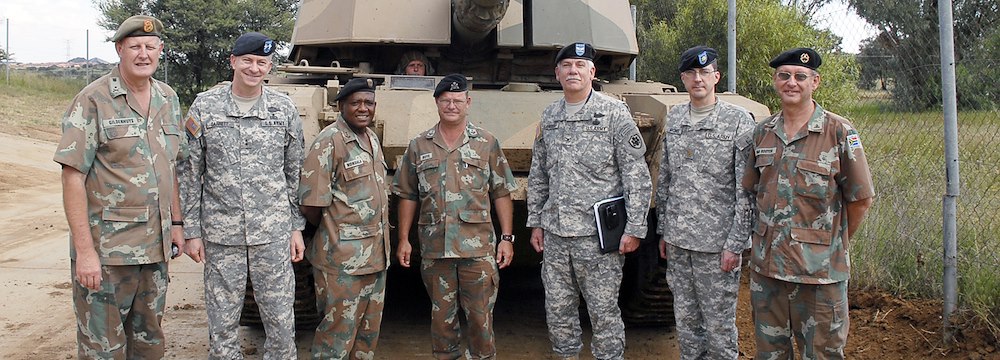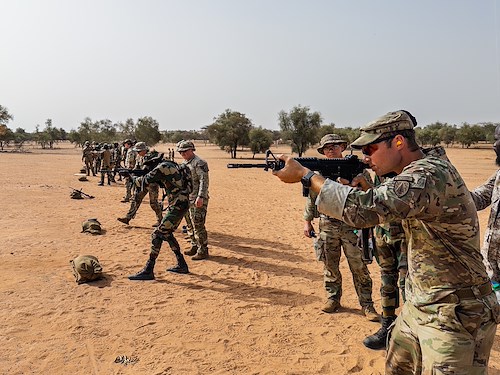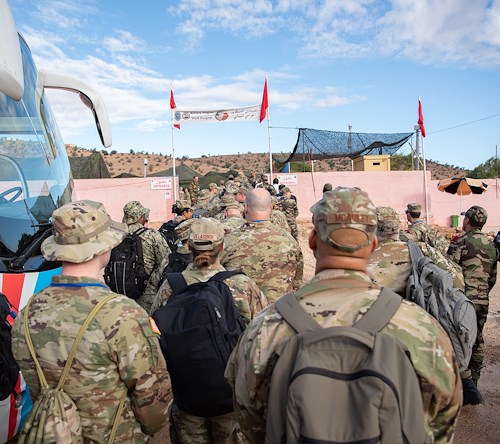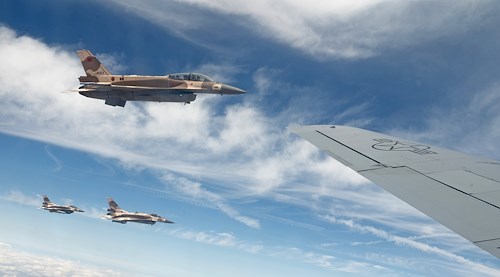Gallery contains 1 image
×
Photo 1 of 1
The South African army
One of Africa's most formidable
The South African Army is the army of South Africa, first formed after the Union of South Africa was created in 1910. The South African military evolved within the tradition of frontier warfare fought by Boer Commando (militia) forces, reinforced by the Afrikaners' historical distrust of largestanding armies.[4] It then fought as part of the wider British effort in World War II, but afterwards was cut off from its long-standing Commonwealthties with the ascension to power of the National Party in South Africa in 1948. The National Party's opposition to socialism and democracy, and its introduction of the policy of apartheid, led to friction with neighbouring states that helped to spark the border wars in South West Africa, nowNamibia, from 1966.
The role of the Army was fundamentally changed by the upheavals of the early 1990s and after 1994 the Army became part of the new South African National Defence Force. It is now becoming increasingly involved in peacekeeping efforts in southern Africa, often as part of wider African Union operations. The Army is composed of roughly 40,100 regular uniformed personnel, augmented by 12,300 reserve force personnel. The rank/age structure of the army, which deteriorated desperately during the 1990s, is greatly improving through the Military Skills Development(MSDS) voluntary national service system. Through this system, young healthy members are being inducted into the regular and reserve forces every year.
After the Union of South Africa was formed in 1910, General Jan Smuts, the Union's first Minister of Defence, placed a high priority on creating a unified military out of the separate armies of the union's four provinces. The Defence Act (No. 13) of 1912 established a Union Defence Force(UDF) that included a Permanent Force (or standing army) of career soldiers, an Active Citizen Force of temporary conscripts and volunteers as well as a Cadet organization.[5] The 1912 law also obligated all white males between seventeen and sixty years of age to serve in the military, but this was not strictly enforced as there were a large number of volunteers. Instead, half of the white males aged from 17 to 25 were drafted by lots into the ACF. For training purposes, the Union was divided into 15 military districts.[6]:2
Initially, the Permanent Force consisted of five regiments of the South African Mounted Riflemen (SAMR), each with a battery of artillery attached. Dorning says that '..the SAMR was in reality a military constabulary similar to the Cape Mounted Riflemen, tasked primarily with police work in their respective geographical areas.'[6]:3 In 1913 and 1914, the new 23,400-member Citizen Force was called on to suppress several industrial strikes on the Witwatersrand.
In accordance with the 1912 Defence Act, the Active Citizen Force was established under Brig. Gen. C.F. Beyers on 1 July 1913.[7] The authorized strength of the ACF and Coast Garrison Force was 25,155 and by 31 December actual strength stood at 23,462.








